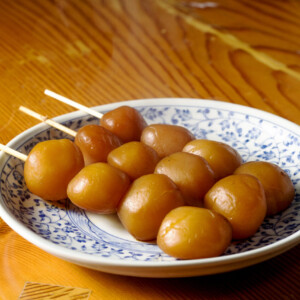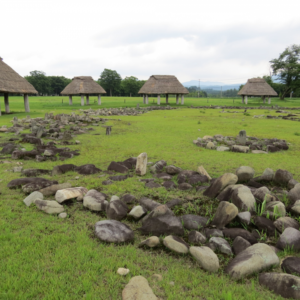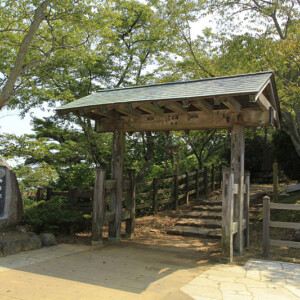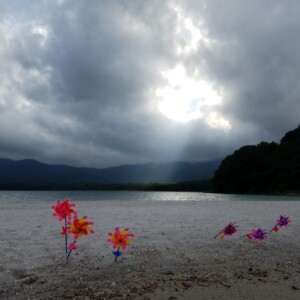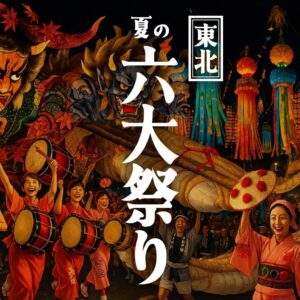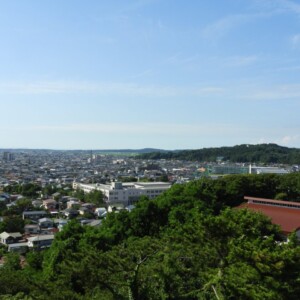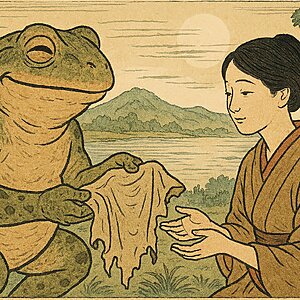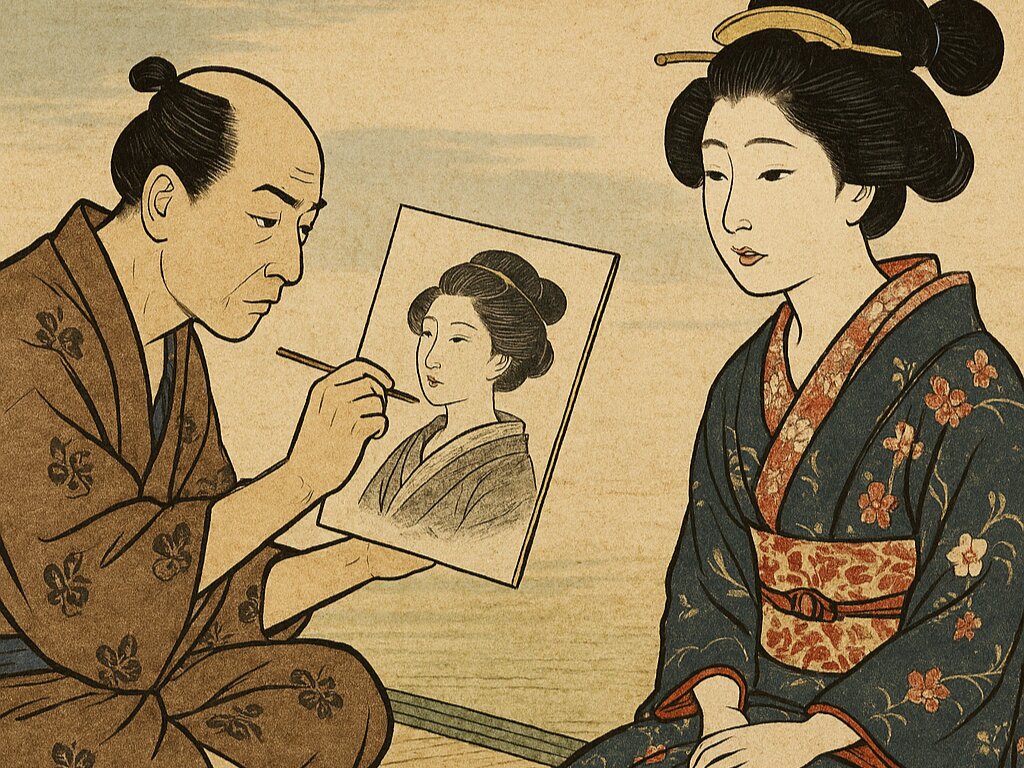
What is "The Artistic Wife"? Detailed explanation from synopsis to features [Yamagata Prefecture]
table of contents
The Egatai Nyobo is a folktale that has been passed down throughout Japan, but did you know that the plot and ending differ slightly depending on the region where it was told?
In this article, we will provide a detailed explanation of the story of Egatai Nyobo, which has been passed down in Yamagata, and how it differs from stories told in other regions.
A synopsis of the picture wife handed down in Yamagata
The synopsis of the picture-style wife handed down in Yamagata is as follows.
A long time ago, there was a lazy son named Magozaburo in Kurokawa (now Tsuruoka City, Yamagata Prefecture). After getting married, I started working seriously, but I fell in love with my wife so much that I stopped working again.
Then his wife said, ``I have a good idea,'' and asked Magosaburo to draw a large picture of himself in town, and told Magosaburo to look at the picture and go to work.
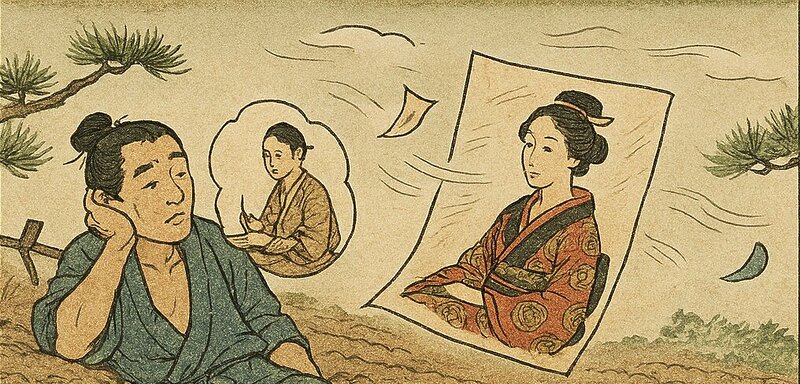
One day, the painting Magosaburo was carrying was blown away by the wind and got caught in the branches of a pine tree in the castle, so the lord ordered him to look for a wife.
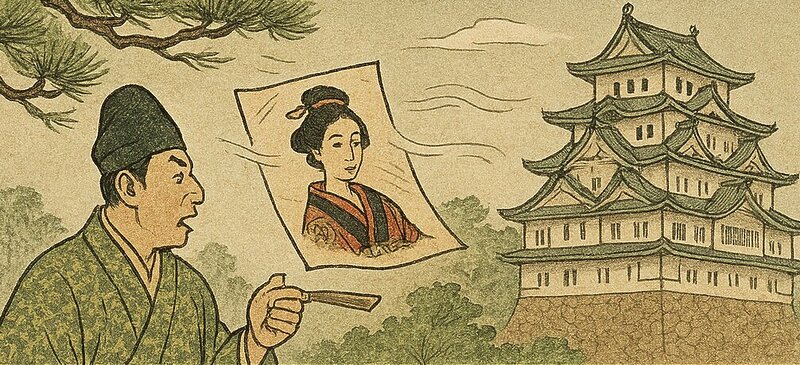
The wife was invited to the castle, but she stopped smiling.
When Makozaburo went near the castle to sell chestnuts, it was autumn that made his wife laugh when he heard the voice, so the lord bought all the chestnuts and let her wife eat them. When Magozaburo went to sell the chestnuts again, he was also called to the castle, replacing his own kimono with his own kimono and then heading out to sell the chestnuts.
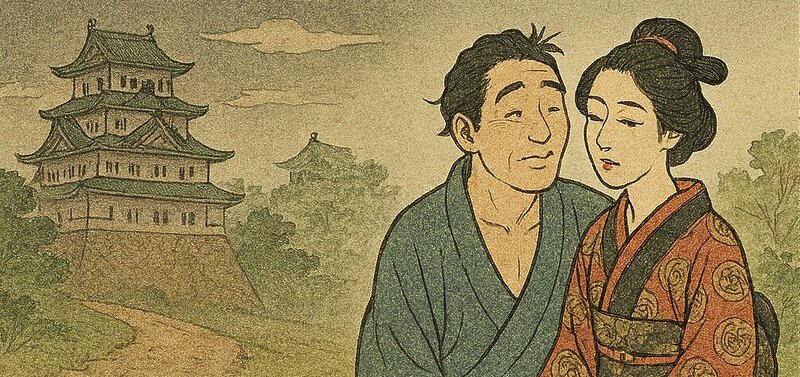
Because Magosaburou ordered the gates to be closed, the lord was unable to return to the castle even after sunset, and after that, Magosaburou and his wife lived happily together in the castle.
However, when I returned to Kurokawa, when I was told that the village had a good life, I received a Noh mask and returned to the village, which was the beginning of Kurokawa Noh.
Characteristics of picture-style wives handed down in Yamagata
The illustrated wives of Yamagata are classified as ``selling type'' according to the story type of ``Japanese Folk Tales Tsukan''.
The outline of the story of the ``merchant type'' in Isugatomebo is as follows.
- A beautiful woman marries her husband and the husband doesn't want to leave her side, so she gives him a picture of herself and sends her to the fields.
- A lord falls in love with a woman in a painting that has been blown away by the wind, and he searches for her and calls her to him, but she does not smile at all.
- When her husband, who has become a peddler, walks around the castle shouting, the woman laughs for the first time when she hears his voice.
- When the lord changes clothes with his husband and goes out to make the woman laugh, the gatekeeper kicks him out of the castle.
- Her husband becomes a lord and the couple lives happily in the castle.
of the Japanese illustrators who are introduced to other regions sell "horoku" and "peach" , but in Yamagata it is "chestnut"
This is probably because sweets made with chestnuts, such as chestnut steamed yokan and chestnut monaka, are still popular in Yamagata as local specialties, so the familiar local ingredients were probably incorporated into the folk tales.
that in the final part, it suggests the beginning of Kurokawa Noh,
Kurokawa Noh follows the flow of Sarugaku, which was perfected by Zeami, but it also includes the five Shite schools, which are the leading actors of Kanze, Hosho, Konparu, Kongo, and Kita, as well as Hosho and Fukuo. , does not belong to any of the Waki Sanryu who are Takayasu's counterpart.
Therefore, the Noh masks used in Kurokawa Noh are said to be different from those used in those schools, and have many unique masks.
can be seen in the Kurokawa Noh Mask Costume Drawings published in 2014 by the Kurokawa Noh Preservation Society
It is also a quaint way to enjoy watching a Kurokawa Noh play or reading the ``Kurokawa Noh Mask Costume Illustrated Book'' while imagining what the masks that the couple received at the end of Egatu Nyobo look like. Is not it.
summary
The picture story wife is one of the folk tales that has been passed down throughout Japan, but the story that has been passed down in Yamagata is classified as a "selling type" according to the story type classification of the "Japan Folk Tales Tsukan", and the last story suggests the beginning of Kurokawa Noh. I found it to be distinctive.
Please use this article as a reference and enjoy the story of Egatai Nyobo that has been passed down in Yamagata even more.



!["Mogami safflower" certified as a Japanese heritage and Japanese agricultural heritage [Yamagata Prefecture] Mogami safflower](https://jp.neft.asia/wp-content/uploads/2022/12/30121446_m-1-150x150.jpg)

![[Tsuruoka City, Yamagata Prefecture] Tsuruoka's food culture has been passed down for hundreds of years 1470_Zenpoji Temple](https://jp.neft.asia/wp-content/uploads/2023/04/2d6b75e2500adfb8f7b8e6c68a2f7a03-150x150.jpg)
![[Yonezawa City, Yamagata Prefecture] Visit a hot spring connected to the Uesugi family of the Yonezawa Domain 1530_Onogawa Onsen Foot bath](https://jp.neft.asia/wp-content/uploads/2023/05/4ed5d5851f7d92ca3b0ebed3220d6418-150x150.jpg)
![[Yamagata Prefecture] Walking through Tokamachi and Nanokamachi in Yamagata City, where the scent of the Edo period remains Yamagata city from Kasumi Castle Central Observation Room](https://jp.neft.asia/wp-content/uploads/2023/09/26303875_m-150x150.jpg)
![[Yamagata Prefecture] 3 famous waters in Yamagata Prefecture! Yamagata Prefecture is home to blessed water created by snow, mountains, and forests. Yamagata Falls](https://jp.neft.asia/wp-content/uploads/2023/02/9b639100f52e30365f8499a2f4657724-150x150.jpg)
![Has even a wealthy merchant with more wealth than the feudal lord appeared? Sakata's port that was moistened by Kitamae Ship [Yamagata Prefecture] Kitamae boat at Hiyoriyama Park](https://jp.neft.asia/wp-content/uploads/2023/04/4631946_m-150x150.jpg)
![It's so big that the main castle is hazy and you can't see! Yamagata Castle, known as Kasumi Castle [Yamagata Prefecture] Yamagata Castle's main castle, Ichimonji gate](https://jp.neft.asia/wp-content/uploads/2023/08/3261071_m-150x150.jpg)
